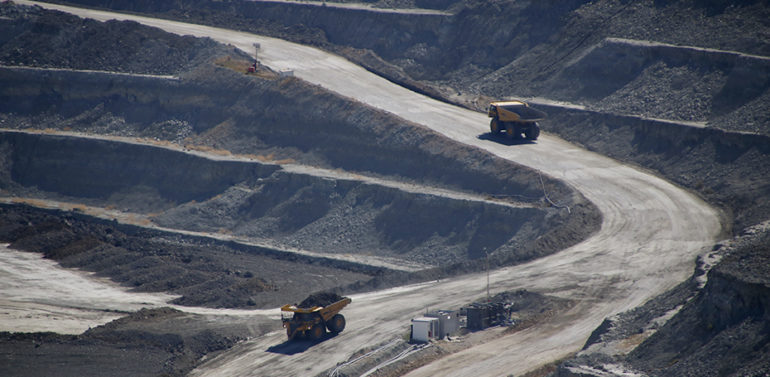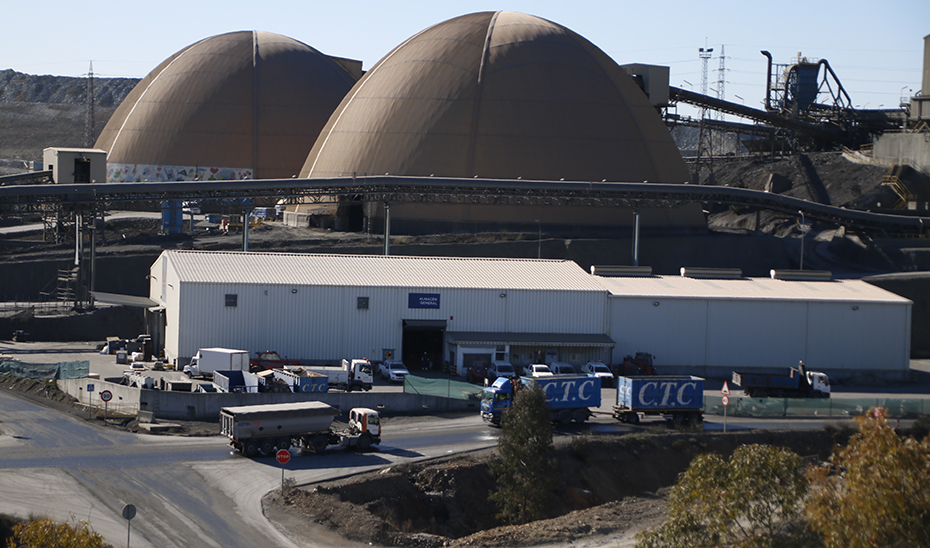
Technological innovations, the decarbonisation of the production model and the digital transition impose an increasingly intensive global use of minerals and metals, which forces us to look down into the subsoil in search of new reserves of strategic materials. This interest has focused attention on mining in Andalusia. More than 57 mining research authorisations are active in the region, covering more than 30,000 hectares and involving an investment of more than 50 million euros from large international business groups.
Of these, the Regional Ministry of Economic Transformation of the Government of Andalusia has granted a total of 37 permits since 2019, which affect an area of 51,348.85 hectares of Andalusian territory and involve an approximate private investment of 14.7 million euros.
Research licences are granted, in accordance with the Mining Law, for a period of three years and grant the holder the right to carry out, within a demarcated perimeter, studies and works aimed at discovering new resource reserves and deposits. The majority of these permits in Andalusia are confined to the metallic minerals sector, in which it has a long-standing tradition and maintains a leading position in terms of production and business activity in the national context.
Specifically, of the 37 licences, 34 correspond to exploration work in metallic minerals (copper, gold, silver, lead, zinc, galena, fluorspar, ochre or iron), non-metallic minerals (gypsum and graphite) and industrial rocks (limestone, marble, diabase, sandstone, diorite or marble limestone). The remaining three are investigating the existence of energy products, specifically lignite.
An example of the high level of investor interest in mining research in Andalusia can be seen in the more than 190 authorisations that have been requested for processing, with an associated budget of more than 70 million euros.

The mining research process requires significant investment and several years of work, with an average duration of more than six years, and with a generally low success rate, which in the case of metallic mining is even lower, due to the demanding technical, economic and environmental requirements involved in moving from an investigated resource to an exploitation project. To carry out these tasks, increasingly innovative techniques and technologies are used which, in the last decade, have undergone considerable evolution, with the incorporation of advances in equipment and technologies for geophysical prospecting, drilling and data analysis.
Also with the generalised use of aerial means, which offer more features compared to terrestrial equipment and make it possible to extend the coverage of the areas under study. In addition, they make it possible to discriminate at greater depth, providing information on materials and on the composition of soils and subsoil.
Andalusia is a pioneer in the use of cutting-edge mining exploration techniques, as part of the European INFACT project, dedicated to innovation in mining technologies under the EU’s H2020 Framework Programme for Research and Innovation.
Andalusia’s mining resources are widely distributed throughout its geography. Around 260 municipalities are home to mining operations and in 45 of these localities the number of mining operations exceeds five. In addition, a large number of municipalities must be taken into consideration where, although there is no mining activity, there is mining potential that is being evaluated in the corresponding research permits.


